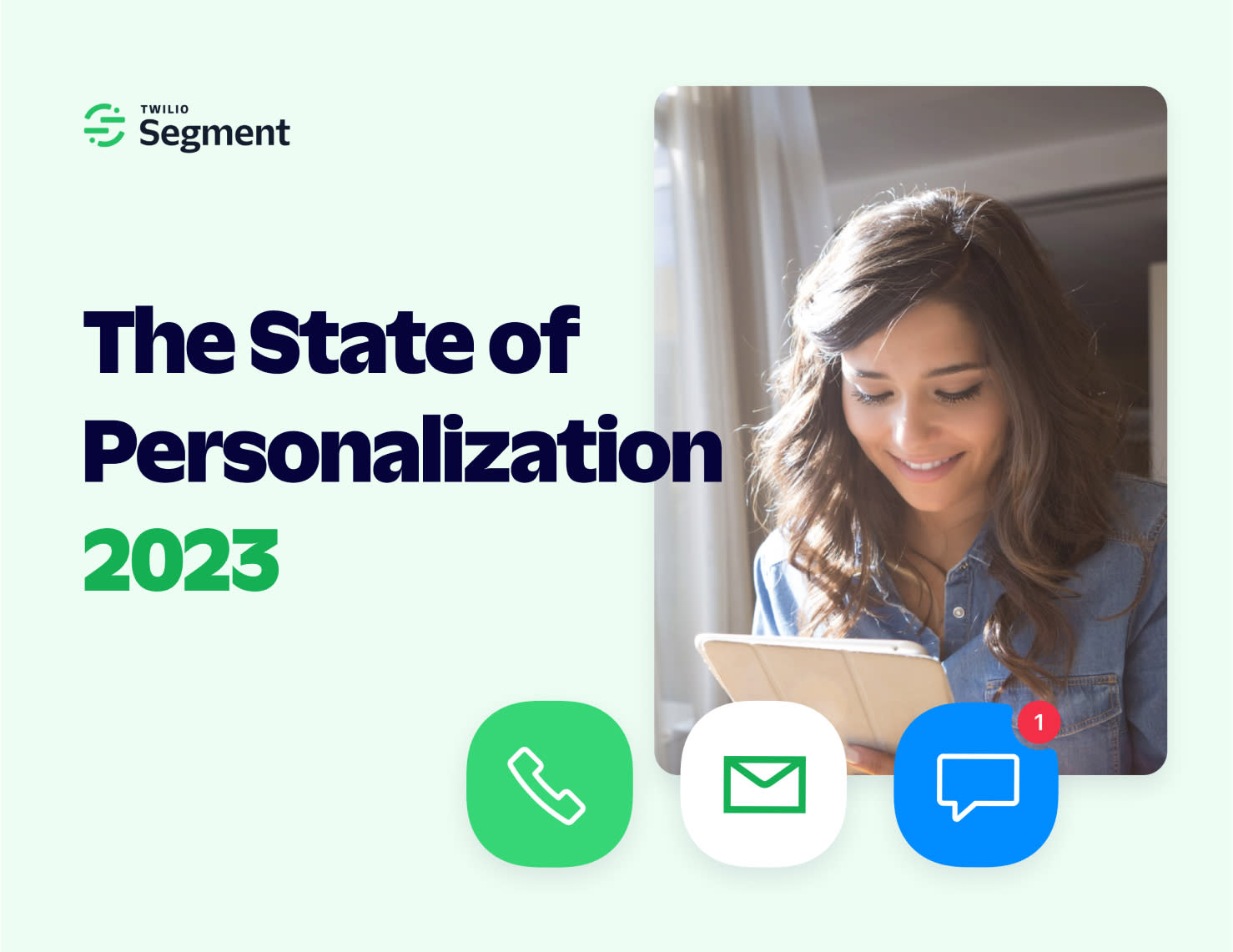How StackCommerce made paid ad attribution more accurate with Twilio Segment
How StackCommerce used Segment to improve attribution accuracy
Feb 24, 2021
By Kelly Kirwan

There’s been a significant paradigm shift in the publishing industry over the past few years. The pivot to digital has changed everything from content creation to distribution. Facebook and Google emerged as dominant players in digital advertising. And now, the soon-to-be death of the third-party cookie promises to upend how publishers have traditionally served ads to audiences.
To adapt, publishers have been focused on diversifying revenue streams, and have increasingly set their sights on commerce. But this comes with its own set of challenges: scaling commerce content, low affiliate commissions, or handling the logistics of a proprietary shop.
StackCommerce offers a solution: partnering with publishers and merchants to redefine affiliate commerce. StackCommerce creates data-driven commerce content that fits seamlessly into the user experience. They can also create fully branded on-site shops for publishers, handling everything from order fulfillment to customer support.
For brands, StackCommerce offers product discovery at scale through native advertising and its network of publisher-branded marketplaces.
Juan Carlos, Senior Product Manager at StackCommerce, spoke with us about how the company functions as a two-sided marketplace, and how they tackled the complex problem of attribution.
The challenge of paid ad attribution
StackCommerce runs paid advertisements for its publishing partners – with Facebook and Google ads delivering significant business.
But they had a problem: reliable attribution.
Most customer journeys span multiple touchpoints and channels. But for StackCommerce, this journey is particularly unique.
When a user clicks on a paid ad, they’re taken to content on a publisher’s site, which contains links to these advertised products. Clicking on one of these links will then take the user to a StackCommerce shop to complete a purchase.
Except, Facebook didn’t offer product-level reporting.
As we know, user behavior doesn’t always follow a linear pattern. People may click on a paid advertisement for one product and ultimately purchase another after landing in the StackCommerce store – making attribution even more complex.
Initially, StackCommerce built their own pixel to better match paid ads to specific orders. This left StackCommerce with the familiar “build vs. buy” debate: should they continue to iterate on their homegrown pixel, or invest in an outside solution?
Building a new redirect system with Segment
StackCommerce needed to rethink its approach to attribution.
The team had been evaluating Segment to help break down data silos and standardize data collection across the company – and saw an opportunity to build redirect links for paid ads using a CDP.
First, the product team created an internal schema for paid ads to specify which partner was aligned with a specific product. Then, they used Segment to track user behavior. When a user would click on a paid ad, the analytics.js hit would register in Segment as an anonymous user ID. Once that user landed on a product detail page (PDP), StackCommerce could match these anonymous users to a specific sale.
When comparing this new strategy to their homegrown pixel, StackCommerce found that Segment was more accurate at matching paid ads to orders. And with Segment, their team was now curating a rich data set that could be used to cohort users and gain a more nuanced view of their behavior.
Scaling with automation
StackCommerce provides publishers and merchants with a partner dashboard to monitor content creation and track earnings. But before Segment, these reports were putting a strain on internal resources.
Account Managers were often spending time manually updating partner reports. With Segment, attribution data was not only more accurate but automatically fed into these partner dashboards. What had once been a manual process now took an hour – without Account Managers having to manually crunch numbers. These dashboards were now functioning as intended, providing transparency and validating partners’ investment in StackCommerce.
In the end, Account Managers collectively saved hundreds of hours of work a year by automating these reports. That time could now be spent on business development and strengthening partner relationships, putting StackCommerce in a better position to scale.
The results
StackCommerce’s blend of content and commerce is helping partners become more profitable (and adaptable) in a changing industry. And by working with Segment, StackCommerce has been able to:
Gain more accuracy in paid ad attribution.
Automate paid ad earnings reports in their partner dashboards.
Saved hundreds of hours of Account Managers’ time, annually.
The State of Personalization 2023
Our annual look at how attitudes, preferences, and experiences with personalization have evolved over the past year.
Get the report
The State of Personalization 2023
Our annual look at how attitudes, preferences, and experiences with personalization have evolved over the past year.
Get the report
Share article
Recommended articles
How to accelerate time-to-value with a personalized customer onboarding campaign
To help businesses reach time-to-value faster, this blog explores how tools like Twilio Segment can be used to customize onboarding to activate users immediately, optimize engagement with real-time audiences, and utilize NPS for deeper customer insights.
Introducing Segment Community: A central hub to connect, learn, share and innovate
Dive into Segment's vibrant customer community, where you can connect with peers, gain exclusive insights, and elevate your success with expert guidance and resources!
Using ClickHouse to count unique users at scale
By implementing semantic sharding and optimizing filtering and grouping with ClickHouse, we transformed query times from minutes to seconds, ensuring efficient handling of high-volume journeys in production while paving the way for future enhancements.